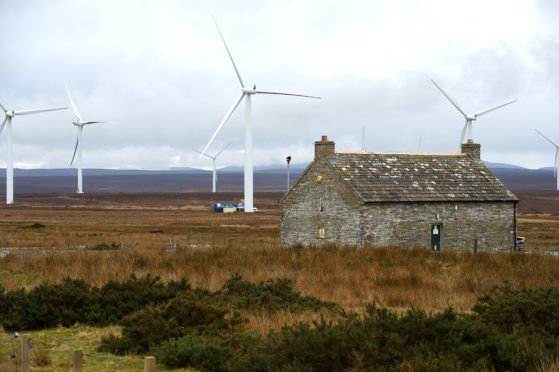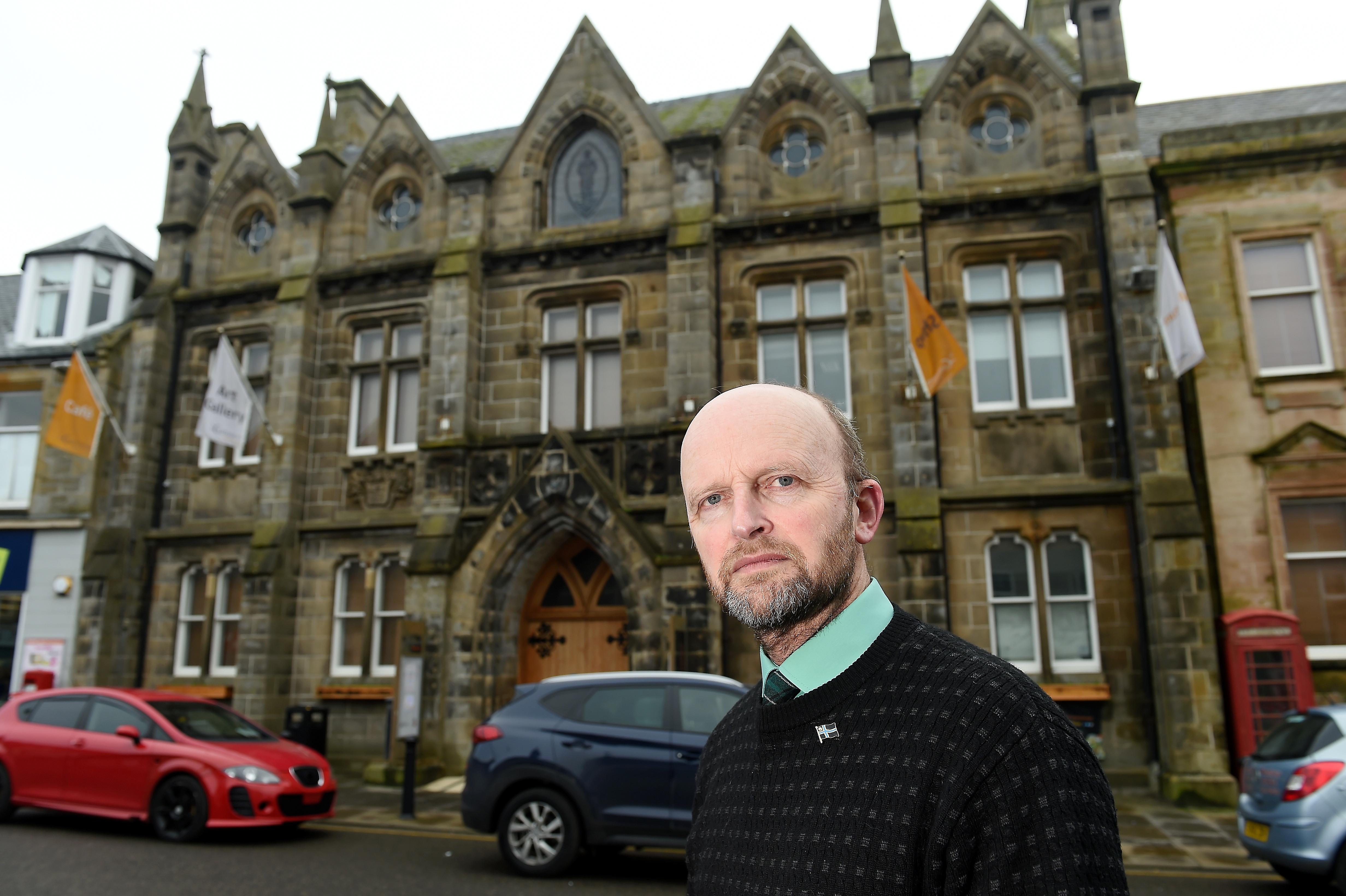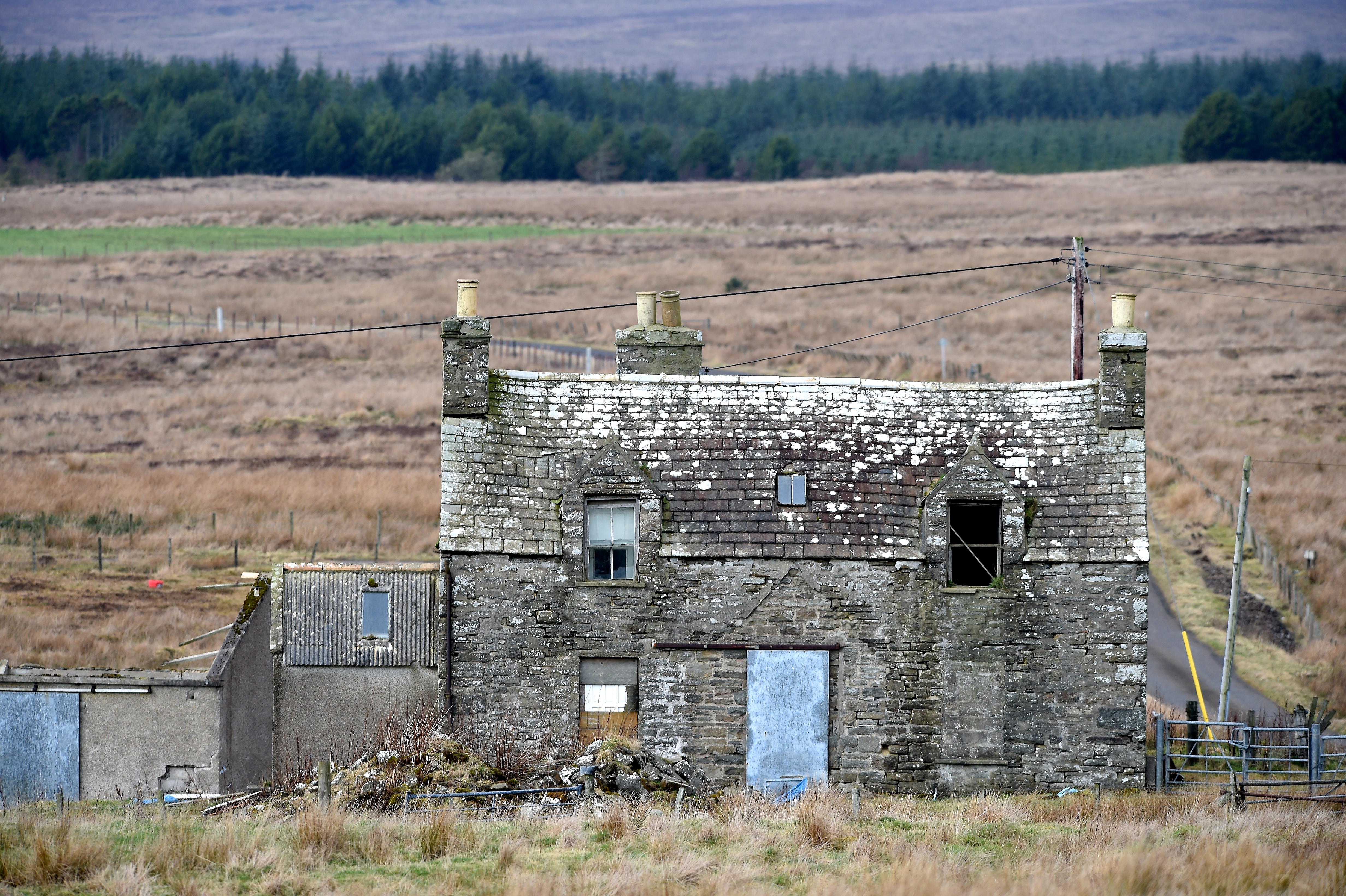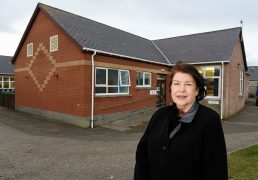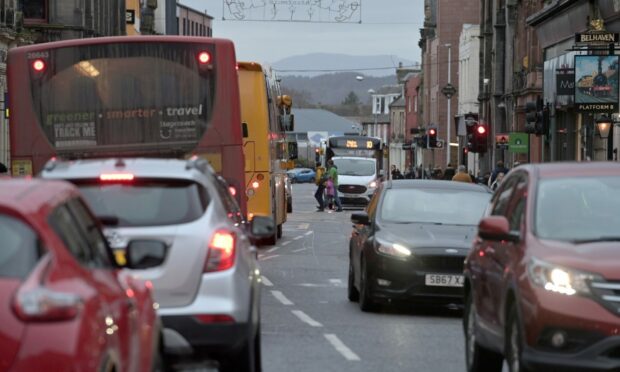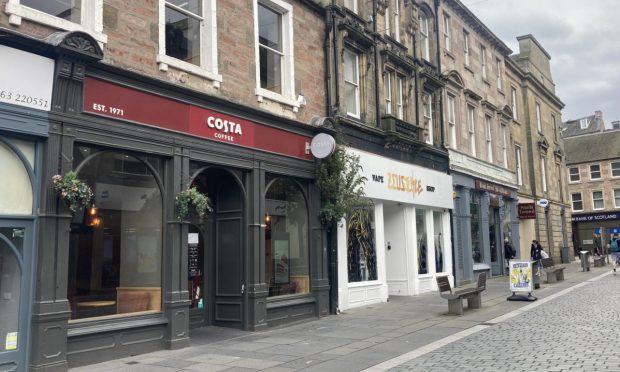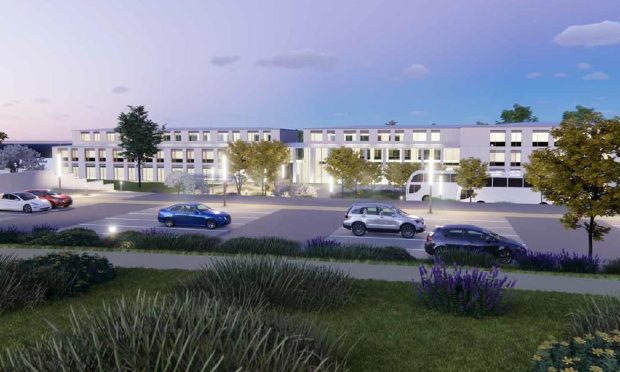North councillors say population decline in their counties is reaching a point where villages “can’t even raise a football team between them”.
Sutherland and Caithness representatives have called for more Scottish Government help to tackle their area’s population decline, and attract new inward investment and fresh blood.
Figures in Highland Council’s corporate plan to be discussed at a full council meeting on Thursday forecast dramatic declines between now and 2041 in Caithness (-21%), Sutherland (-11.9%) East Ross (-13.8%) and Lochaber (-5.9%)
NHS figures for Caithness show a projected decline from 26,000 to 22,000 between 2017 and 2037 (14%).
Keep up to date with the latest news with The P&J newsletter
The over-85 age group will increase by 136% from 700 to 1700 and already half of NHS staff in Caithness are aged over 50.
It is a perfect storm, says Caithness councillor Matthew Reiss.
He said: “Caithness is ready, willing and open for business, with a highly skilled workforce, but no-one seems prepared to listen.
“It’s a very inclusive community with a good sense of public spirit. It’s a safe place to bring up a family, which we should advertise more, and we have good schools.
“The problem comes with connectivity, which in my view the Scottish Government could fix very easily, an easy win in the space of one to two years.
“The next thing is good hospitals. We don’t have a good reputation in this.
“I’m constantly hearing stories from constituents who have had to travel to Dundee for a 20-minute appointment, or to Raigmore for a five-minute appointment.
“I’ve heard people who would like to have more family are being put off this.”
Mr Reiss said de-centralising would give Caithness back some of the jobs and services lost in recent years.
He said: “The technology is now here. Companies can work anywhere. We need our tax office, bank, post offices and tourist offices back.
“It would help if the Flow Country was declared a world heritage site. The NC500 is helping encouraging small businesses, but none of this is enough.
“We’ve lost control, we’re drifting, we have tremendous talent and we need a helping hand.
“We need a rural communities act, something like the Islands Act to lever more support from government.”
Sutherland councillor Linda Munro said while the figures were cause for concern, she believed the true picture was far more damning.
She said: “I base that on the demographic of the over 75s. We have the highest percentage of over 75s per population, a crashing birth rate and very few people in the middle band to meet the service demands that we have, not least for our older adults.
“I’ve long argued and now have the backing of Highland Council’s chief executive Donna Manson, that if northwest Sutherland is to survive we need status from Scottish Government like they’ve given to the islands.”
Mrs Munro said Sutherland has failed even to get deprivation funding because of its small numbers.
She said: “Everybody knew there’s deprivation here but we didn’t trigger it because of our numbers. It’s damnable.”
She went on: “We know our worth. How much are our wind farms churning out and into which coffers? We have holiday homes here paying vast amounts of council tax and demanding very little services.
“We have very little vandalism, very little crime, we are not hard users of our services and yet everything is a battle. We are more than paying our way.”
Sutherland councillor Jim McGillivray said in his youth every village could raise a football team. Now the villages can barely raise a team between them, he said, pointing to the importance of private investment such as the controversial golf course at Coul Links.
He said: “The Tongue rocket range is being contested, there’s not a hope Highland Council will invest, it’s only private investment that will keep things running here.”
A Scottish Government spokesman said: “The people of Scotland are our greatest asset, and that is why we are committed to supporting, strengthening and protecting our rural population.
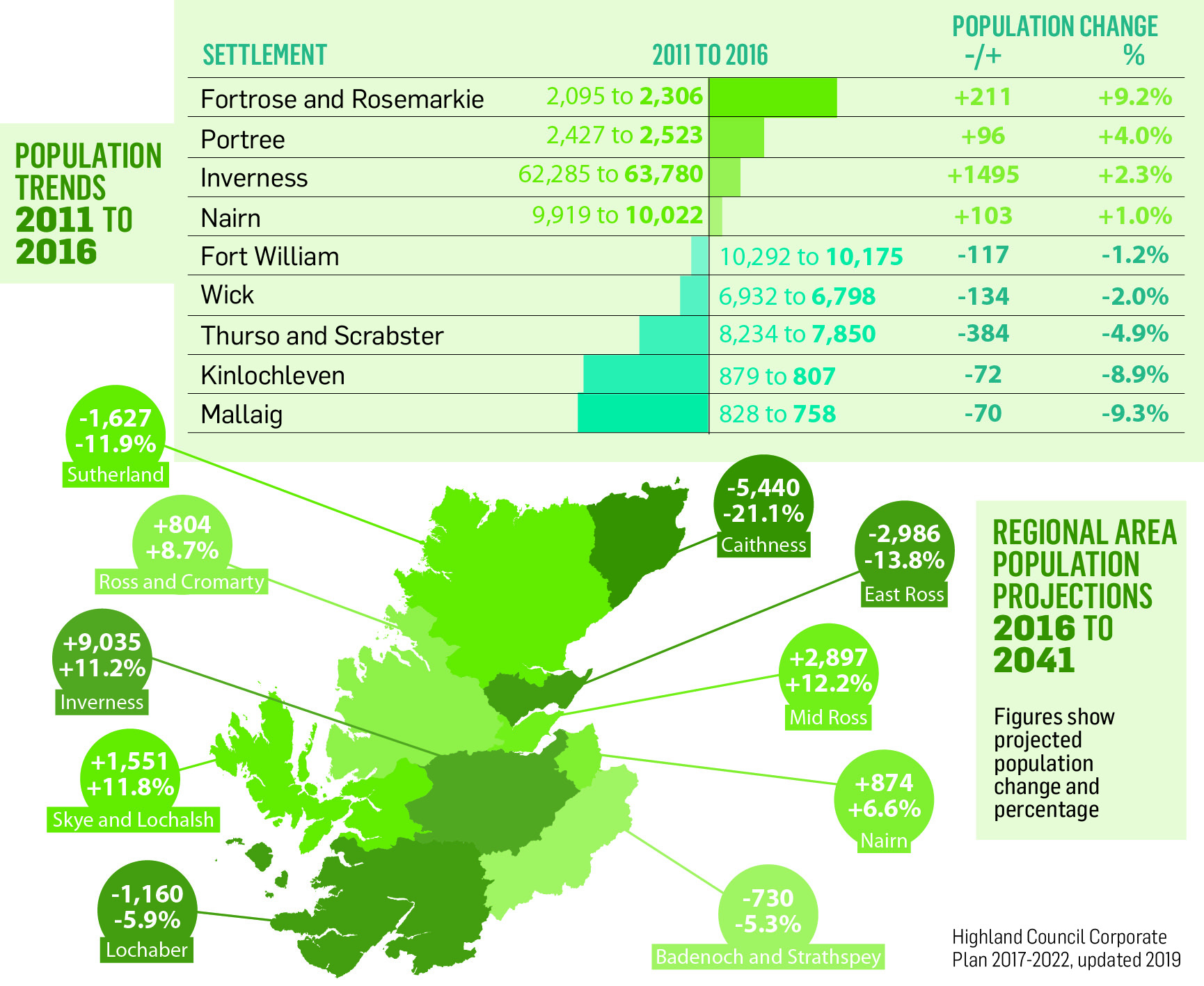
“That includes our work to extend super-fast broadband, backed by a £600 million investment, to every home and premise in Scotland by the end of 2021 – ahead of UK Government timescale.
“Migration also plays a key role in driving increases in population, which underlines the threat that the UK Government’s Brexit plans pose to farming and to the wider wellbeing of our rural communities.
“That is why we continue to call on the UK Government for continued membership of the European Single Market and Customs Union, which is eight times bigger than the UK alone.
“This will help ensure we retain access to the workforce that Scotland’s farming and rural communities need, meeting the needs of rural businesses and safeguarding our rural economy.”
Looking to the past
Recruiting professionals to remote areas is an increasing problem across the Highlands and a strong factor in population decline, says councillor Linda Munro.
The answer is to supply homes for key professionals, just as they did in the past.
Mrs Munro said: “Shortage of housing, and expensive housing, is an important deterrent to attracting teaching and medical staff to the remote Highlands.
“In the old days, the head teacher had a house with the job. So did the nurse and the GP.
“Then they were done away with.
“Teachers and medics are paid the same as their equivalents in the central belt, but being given housing was a big incentive to bringing these professionals into sparsely populated areas, and it would be again.
“Let’s get back to the future. Wishful thinking won’t do it, we need to get real.”
